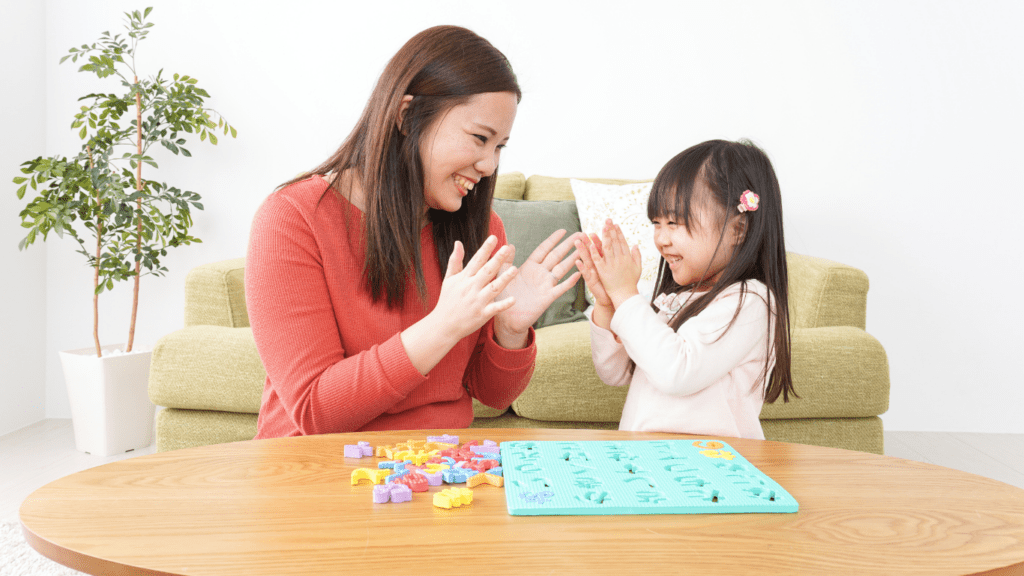Watching little ones grow and thrive is one of life’s greatest joys, but ensuring they stay strong and active takes more than just good intentions. Physical wellness during childhood lays the foundation for a lifetime of health, energy, and confidence. It’s not just about movement—it’s about building habits that support their growing bodies and minds.
Importance Of Physical Wellness In Childhood
- Physical wellness during childhood impacts growth, energy levels, and overall health. A strong foundation in physical activity supports muscle development, bone strength, and cardiovascular health. For instance, regular movement like jumping or running improves bone density and coordination.
- Additionally, children who engage in consistent physical activities are less likely to develop chronic conditions such as obesity or type 2 diabetes. According to the CDC, roughly 14.7 million children in the US aged 2-19 are affected by obesity, highlighting the need to prioritize active lifestyles early.
- Physical activity also contributes to mental wellness. Studies have shown that exercise enhances mood, reduces anxiety, and improves focus by stimulating endorphins and boosting brain function. Incorporating activities like yoga or dance can offer both physical and mental benefits.
- Social skills benefit through group activities. Team sports or playground games teach collaboration, communication, and empathy, skills essential for personal and academic growth. Structured physical play helps children understand teamwork and enhances peer relationships.
- Encouraging physical wellness isn’t just about immediate benefits. Healthy habits developed during childhood often carry into adulthood, reducing future health risks and fostering a lifelong commitment to wellness.
Building Strong Foundations For Physical Wellness
Establishing a solid base for physical wellness starts with everyday choices that impact a child’s overall growth and vitality. Nutrition, hydration, and sleep are vital components of this foundation.
Nutrition And Its Role In Growth
Proper nutrition fuels a child’s development, supporting strong bones, muscles, and immunity. Including a variety of fruits, vegetables, whole grains, lean proteins, and healthy fats provides essential vitamins and minerals. For instance, calcium from dairy products or fortified alternatives strengthens bones, while proteins from eggs or legumes aid muscle repair. Limiting processed foods and added sugars helps maintain steady energy levels and a healthy weight, reducing long-term health risks.
Hydration For Healthy Bodies
Staying hydrated enhances physical performance, digestion, and brain function. Children aged 4-8 typically require about 5 cups of water daily, increasing with activity levels or warmer weather. Offering water or milk as primary beverages ensures hydration without excess sugars found in sodas or juices. Adding fresh fruit slices to water can encourage young ones who resist plain water consumption.
Building Healthy Sleep Habits
Quality sleep is crucial for recovery, growth, and energy. Preschoolers generally need 10-13 hours of sleep, while school-aged children often require 9-12 hours each night. Establishing consistent bedtime routines, such as calming activities and screen-free time, promotes better sleep quality. A restful environment, with a dark and cool room, further enhances sleep, aiding in physical and mental development.
Encouraging Physical Activity In Little Ones

Physical activity lays the groundwork for healthy growth and development in children. Incorporating movement into their daily routines boosts their energy and helps establish lifelong habits.
Fun And Engaging Activities For Kids
Playful and interactive activities captivate children’s attention while keeping them active. Games like:
- tag
- obstacle courses
- scavenger hunts
promote physical movement and teamwork. Sports like soccer and basketball develop coordination, while dance or gymnastics encourage flexibility and balance. Incorporating outdoor activities such as biking and hiking connects children with nature and stimulates curiosity.
Balancing Screen Time And Active Play
Minimizing excessive screen time creates space for physical activity and enhances overall well-being. The American Academy of Pediatrics (AAP) suggests limiting screen exposure to 1-2 hours per day for children aged 2-5, reserving time for active play instead. Encouraging active breaks during screen use, such as stretching or short exercises, also aids in physical engagement. Designated “screen-free” zones or times at home can further nurture a balance between technology and movement.
The Role Of Parents In Promoting Physical Activity
Parents play a critical role in fostering an active lifestyle by creating opportunities and leading by example. Scheduling family activities like backyard sports or evening walks encourages participation and bonding. Setting consistent routines for physical play builds structure, while celebrating achievements, like completing a challenge or winning a game, boosts motivation. Providing the necessary equipment, such as jump ropes or balls, supports varied and enjoyable activities for little ones.
Supporting Mental Wellness Alongside Physical Health
Fostering mental wellness is as important as promoting physical health in children. Both are closely linked and contribute to overall well-being and development.
The Connection Between Mental And Physical Health
Physical health and mental wellness directly influence each other. Regular physical activity boosts the release of endorphins, which enhance mood and reduce stress and anxiety. Studies show that children who engage in at least 60 minutes of moderate to vigorous activity daily experience better emotional resilience and improved focus. Activities like running, cycling, and swimming promote these benefits by increasing energy while reducing tension.
Nutrition is another critical factor connecting mental and physical health. Balanced diets rich in vitamins like B6 and Omega-3 fatty acids support brain health and emotional regulation. For example, incorporating salmon, spinach, and walnuts into meals positively affects cognitive functions and stress management. Additionally, hydration impacts concentration and mood; water and natural fluids should replace sugary drinks whenever possible.
Building Confidence Through Physical Activities
Structured and unstructured physical activities help children develop self-esteem. Successful participation in activities like sports or dance builds a sense of achievement and reinforces their belief in their abilities. For instance, mastering a complex gymnastics move or scoring during a soccer game boosts confidence and encourages persistence.
Collaborative activities also foster positive self-perception. Group exercises or team sports encourage camaraderie, teaching children to communicate and trust their peers while contributing to shared goals. Even solo activities, such as yoga or hiking, can instill pride and self-sufficiency when children set personal milestones or overcome challenges.





